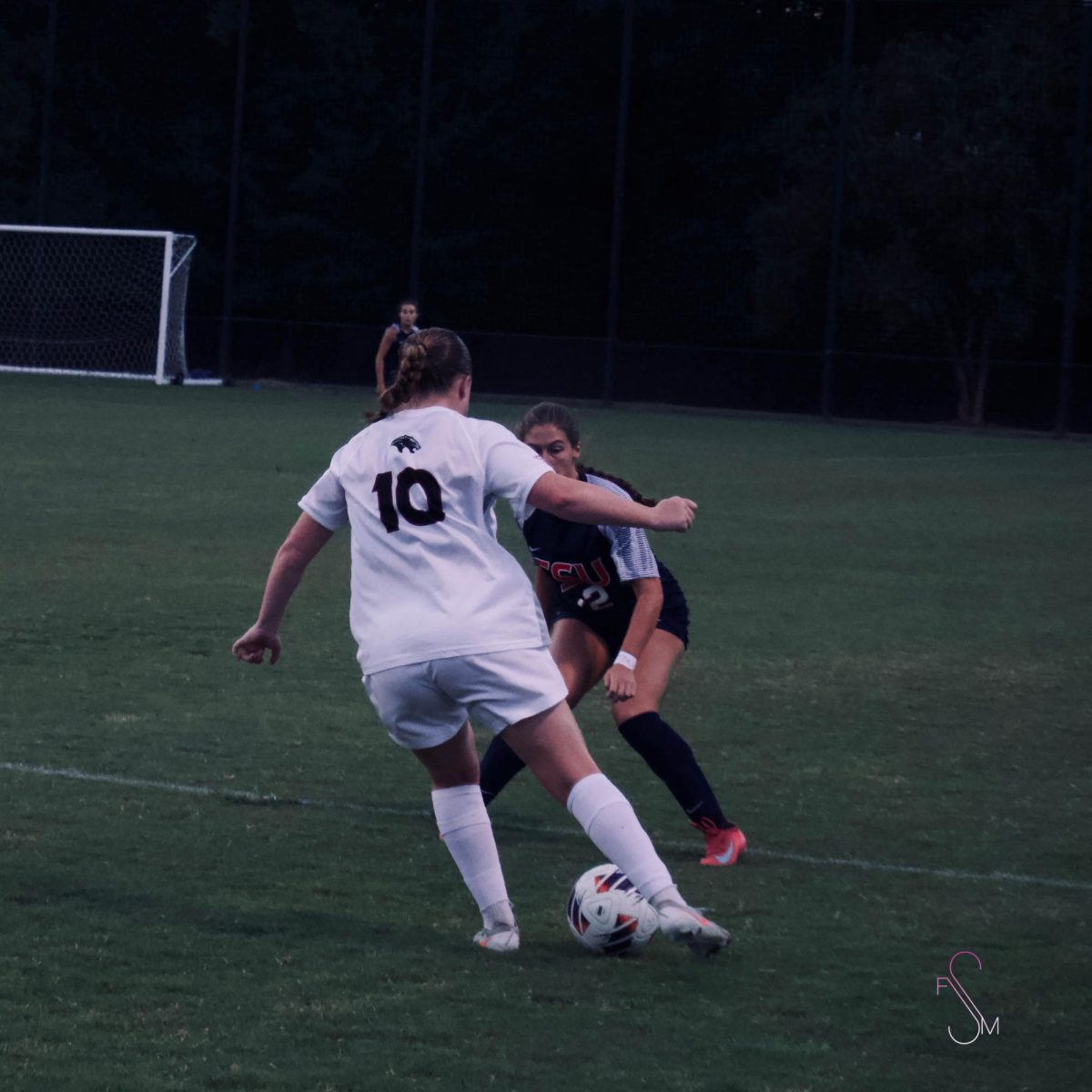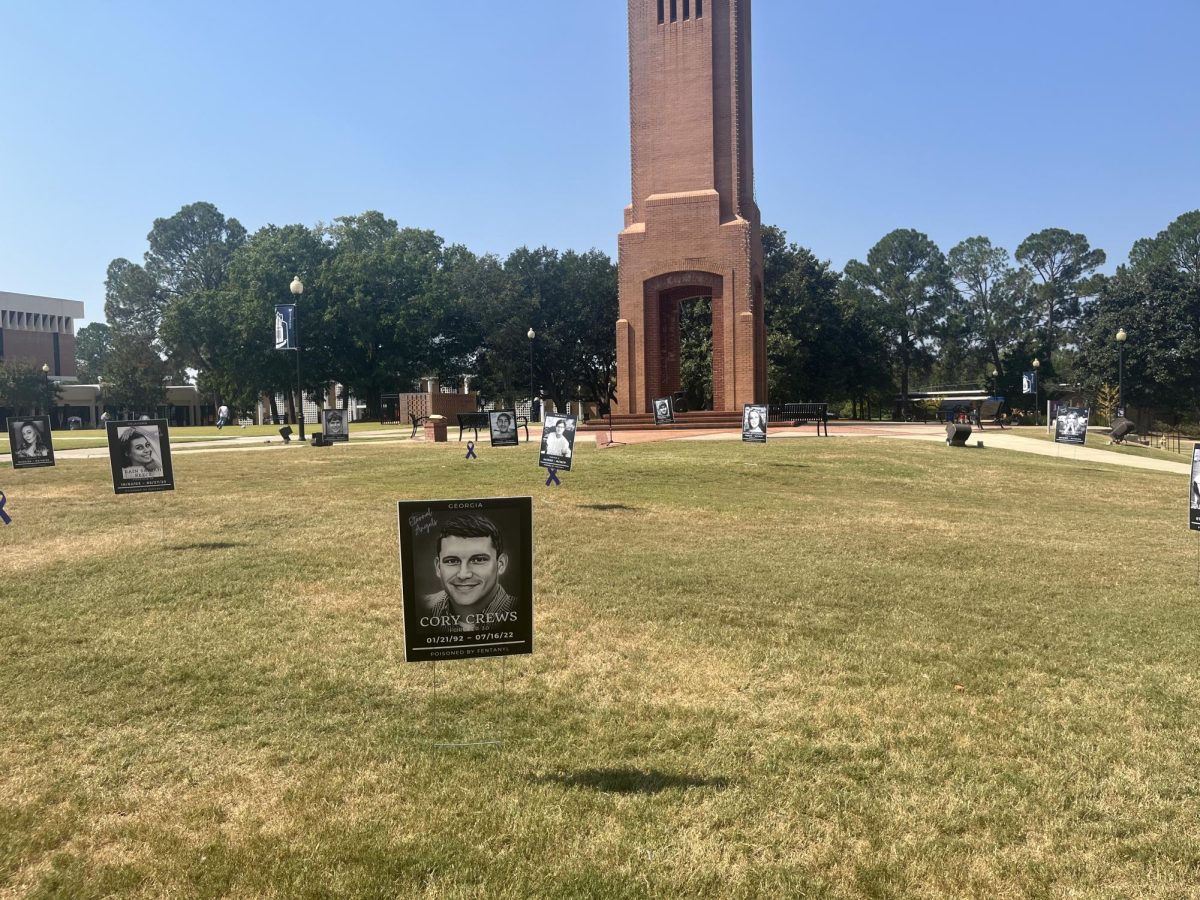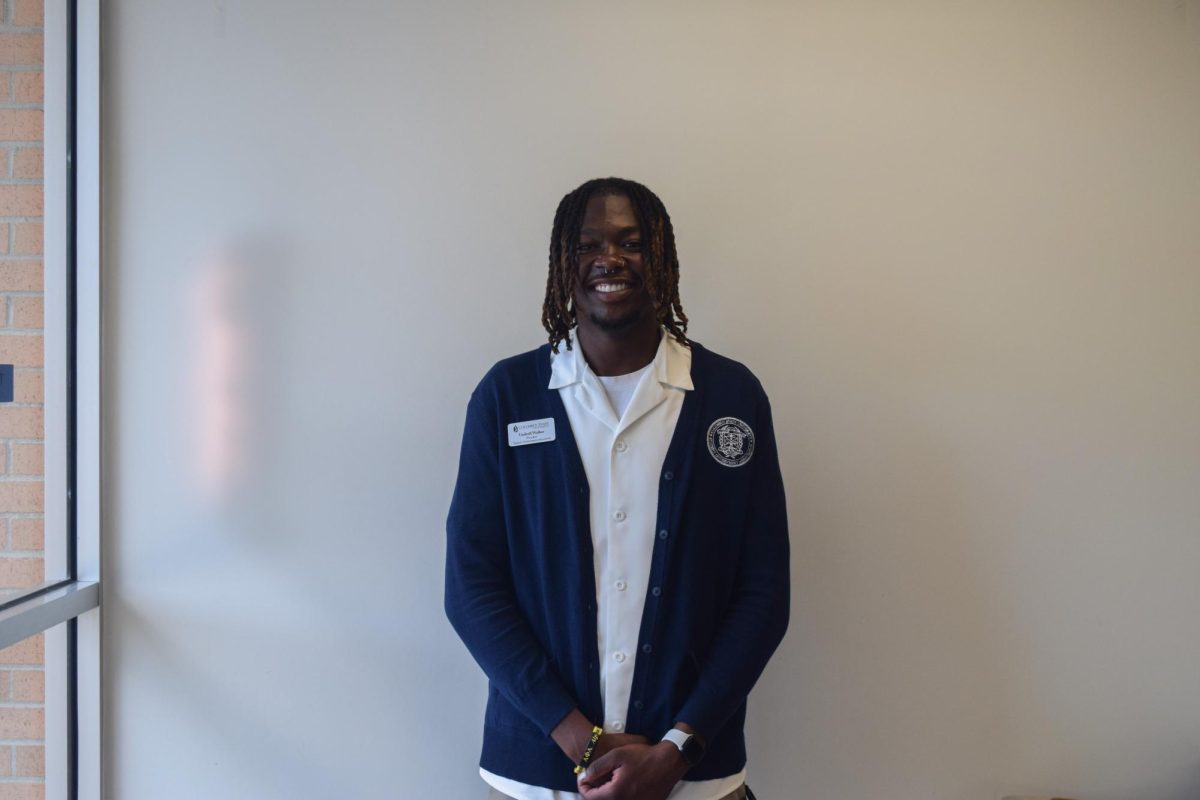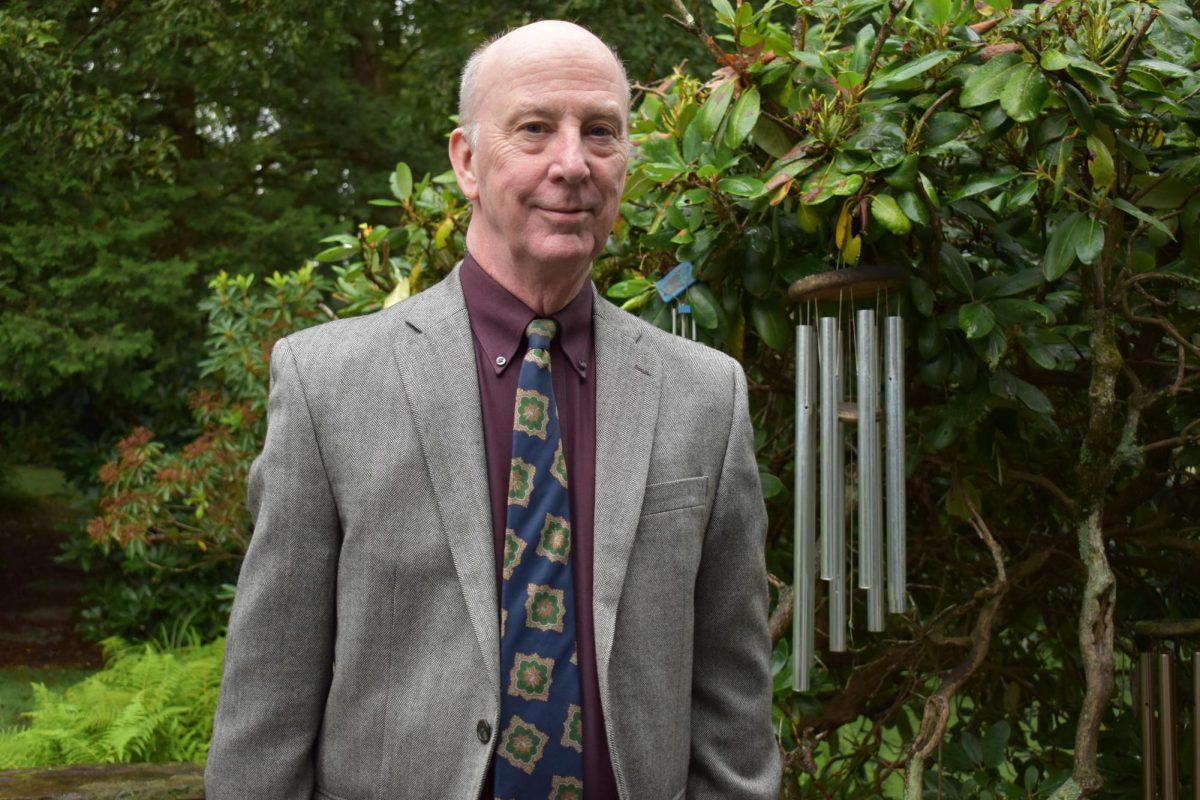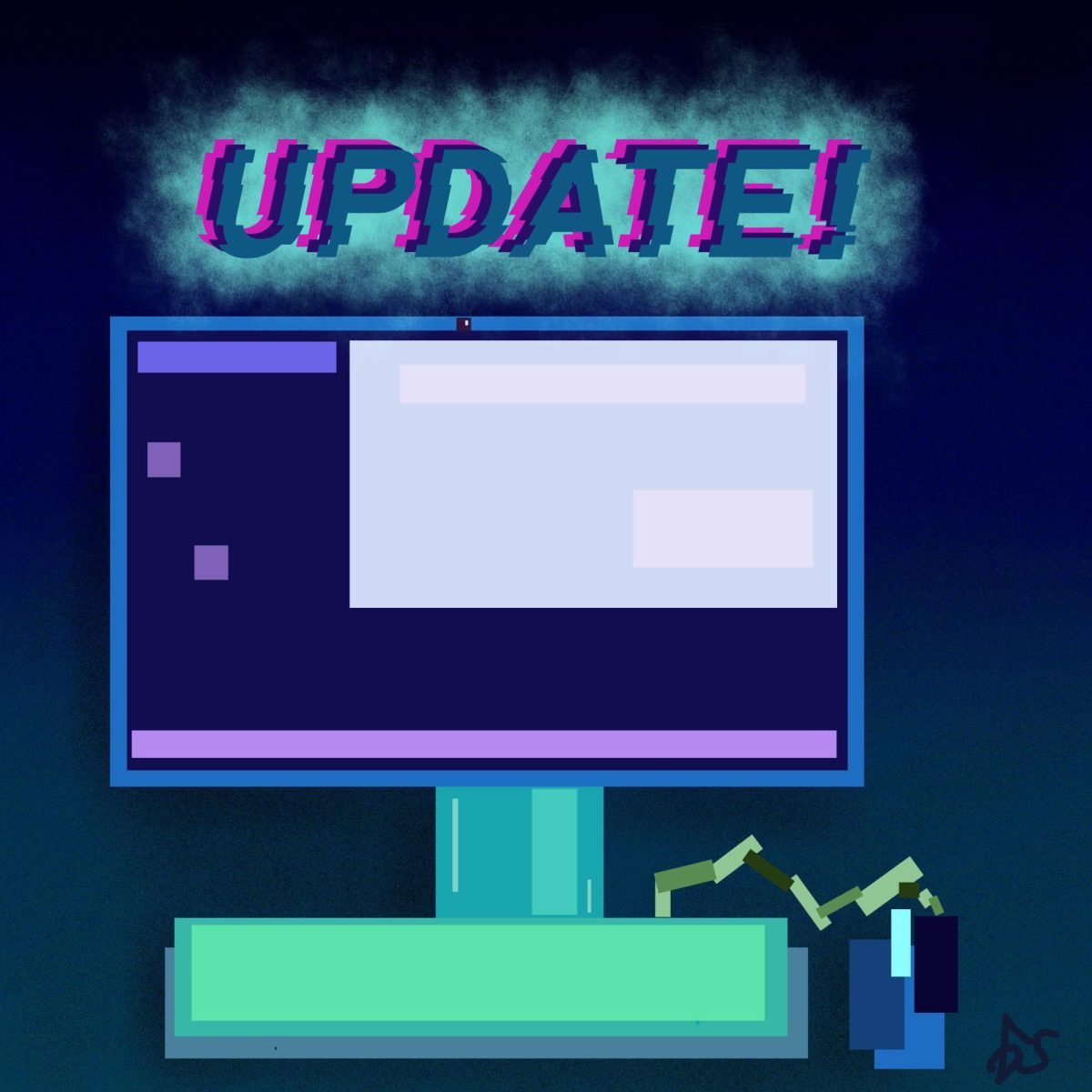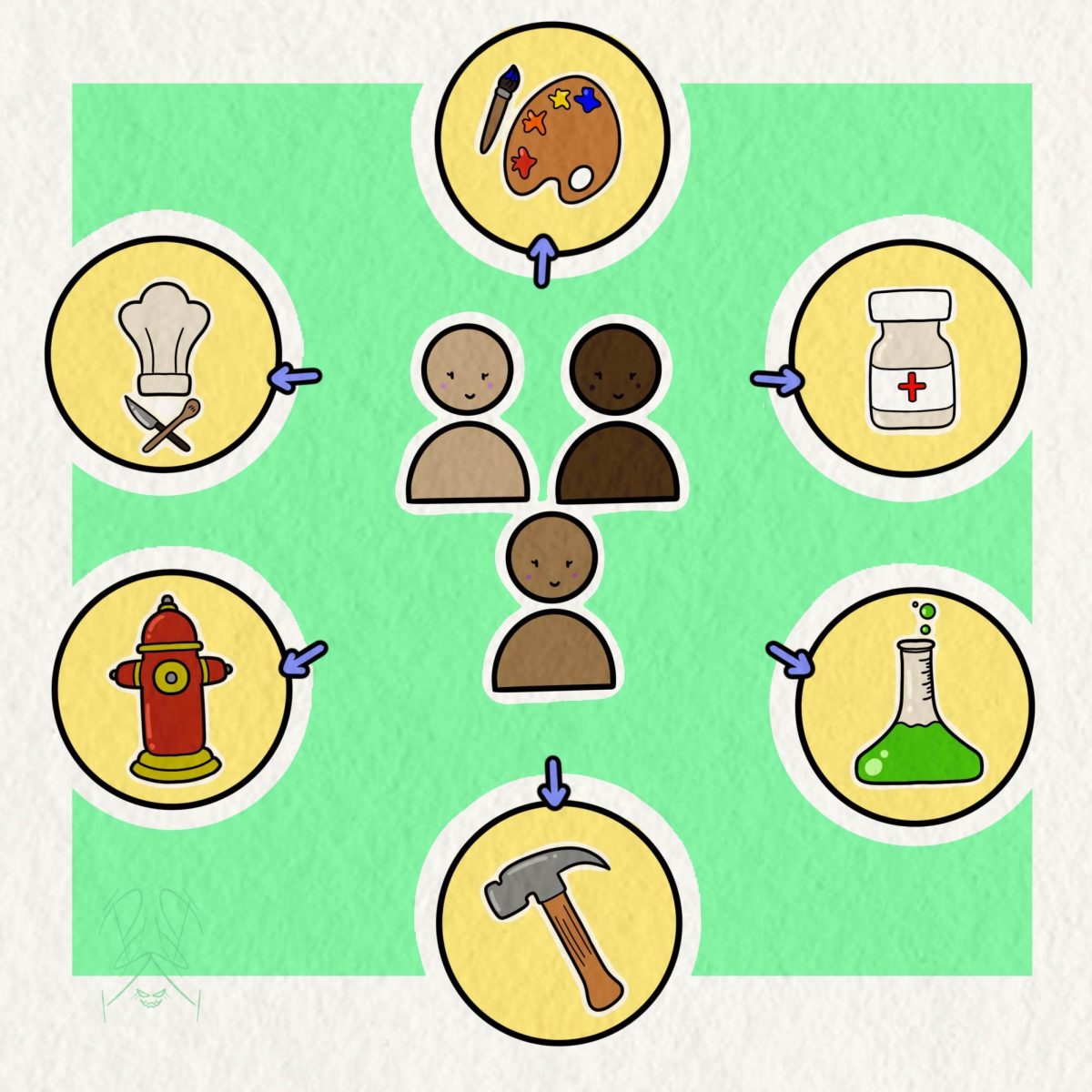On Front Avenue sits CSU’s Coca Cola Space Science Center (CCSSC). It is home most notably to the WestRock Observatory, but it also serves as an academic enrichment center open to the general public. The center also works closely with Muscogee County schools, giving kids a fun and engaging introduction to our universe.
Dr. Rosa Williams, who started working at the CCSSC in 2007, is both a professor of astronomy for CSU and the director of the center’s WestRock Observatory. Dr. Williams is a passionate educator with a research specialty in the remnants of supernovas. She’s been nominated for several awards and even interned at NASA in her last year of high school.
Recently, I had the pleasure of interviewing Dr. Williams, who gave me a one-on-one tour of the WestRock Observatory and several exhibits at the center.
Our first stop was the observatory, which is used frequently by CSU students for experiential learning and research. Upon ascending a dark, winding staircase, we entered into the dome that houses the center’s main telescope. With a flip of a switch, a large panel in the dome’s ceiling opens up, lighting up the space and revealing the large Corrected Dall-Kirkham (CDK) telescope. The main mirror of the CDK spans 24 inches across, allowing it to capture much more light than the average commercially-available telescope. The collected light is focused by an array of mirrors and lenses into a camera that is able to create images of the stars, planets and galaxies above. Before the invention of cameras, astronomers like Galileo would hand-draw their observations to record their findings. As Dr. Williams put it, “My drawing skills would not be equal to the challenge,” and perhaps she wouldn’t have made it into the field of astronomy in those days.
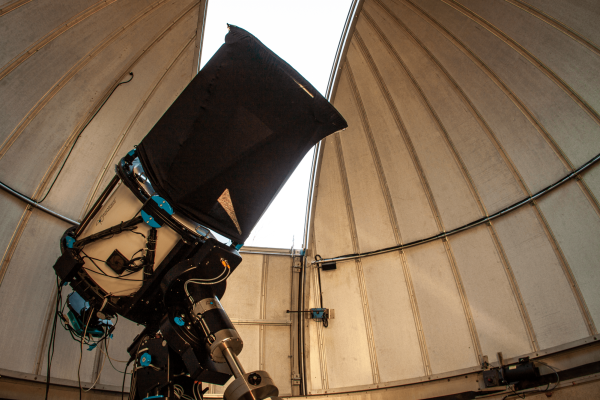
The whole telescope is controlled by a computer, allowing astronomers to precisely align it with a particular target and to smoothly rotate to follow the objects movement across our sky. The WestRock Observatory has taken many stunning photos of various astronomical events, galaxies and even our sun with a specialized solar telescope mounted to the CDK telescope. Perhaps my favorite photo I saw during my visit was an image of the Orion Nebula.
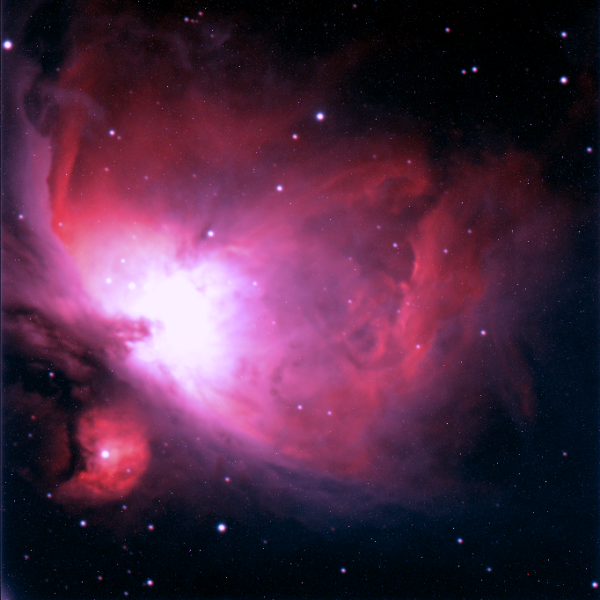
With the observatory portion of the tour completed, we descended into the center’s main exhibit area, which features over $17 million in NASA artifacts. There, I bore witness to their newest exhibit, the Guzzle Vortex, a brightly lit maze of vacuum-powered tubes, adorned with cute artwork of little hungry aliens. The Vortex has been quite popular among students recently, perhaps because of its unique name. The exhibit gets its name primarily from its function; “guzzle” refers to the act of feeding the aliens and “vortex” referring to the swirling air pressure and suction in the tubes.
In line with the center’s mission, the exhibit’s main goal is education. Dr. Williams remarked that it “combines learning with good silly fun.” Participants “feed” the aliens, called Noulies, thin sheets of plastic, which are sucked into the tubes. The sheets are blown around in the tubes and randomly up to one of the many openings where they’re fired out, then gently float back down to the ground. The idea is based around Bernoulli’s Principle, which states that differences in pressure create paths of airflow, and which also inspired the aliens’ name. It brings up the concept of our planet’s atmosphere in a fun and engaging way, and encourages children to ask questions. Some of the questions posted on the display mention airplanes specifically; airplanes and helicopters are designed to fly efficiently in Earth’s atmosphere, but how would they fare in the atmosphere of Mars? Or our moon? What about planets far beyond our solar system? The inclusion of the aliens adds extraterrestrial life into the line of questions, hopefully inspiring more curiosity about our universe.
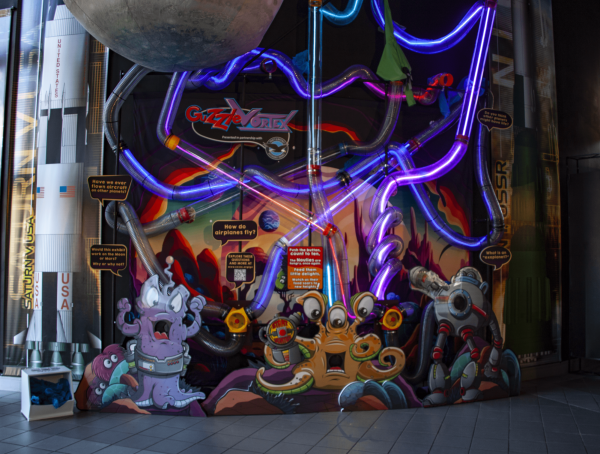
Another great exhibit, featured right in the center of the public gallery, is a main engine nozzle from the Space Shuttle program. It has flown to space a total of 9 times on various missions, attached to the end of the shuttle’s engine.
The nozzle vents out gas at about 5,000 degrees Farenheit. Normally, metal would melt at such a high temperature, so in order to maintain the structure of the nozzle, extremely cold liquid hydrogen and liquid oxygen are pumped through thousands of little pipes in the metal. It’s a wonderful feat of engineering — and that’s just one part of the shuttle.
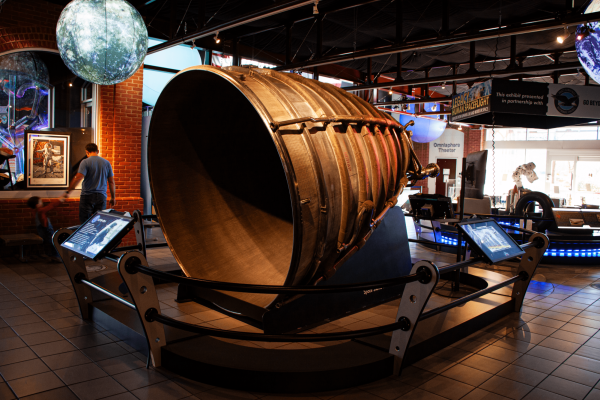
The center is also home to a large planetarium, various interactive exhibits, and even a simulation of taking off in a space shuttle, docking at a space station, and then returning to Earth. As for the rest? You’ll have to come see for yourself. It’s definitely worth the trip!
Additionally, numerous events are held at the CCSSC for both CSU students and the public to get involved and learn more about space. They frequently hold free Astronomy Nights, in which telescopes are set up and participants can get a close up view of Jupiter, our moon, and various stars. It gives the public a chance to look at some of the things studied at the center and get an introduction to our night sky. The center also partners closely with the Schwob School of Music for their “Music Under the Dome” series, which features numerous performances by students in the center’s planetarium underneath the vast display of stars on the dome. Be sure to check their website for upcoming events!
Additionally, if you are a CSU student and would like to check out the WestRock Observatory and the rest of the center, feel free to email Dr. Williams at williams_rosa@columbusstate.edu) to schedule a time. She is more than happy to show interested students around the facility. The Coca Cola Space Science Center is “CSU’s best kept secret,” she joked, “but we don’t want it to be.”



